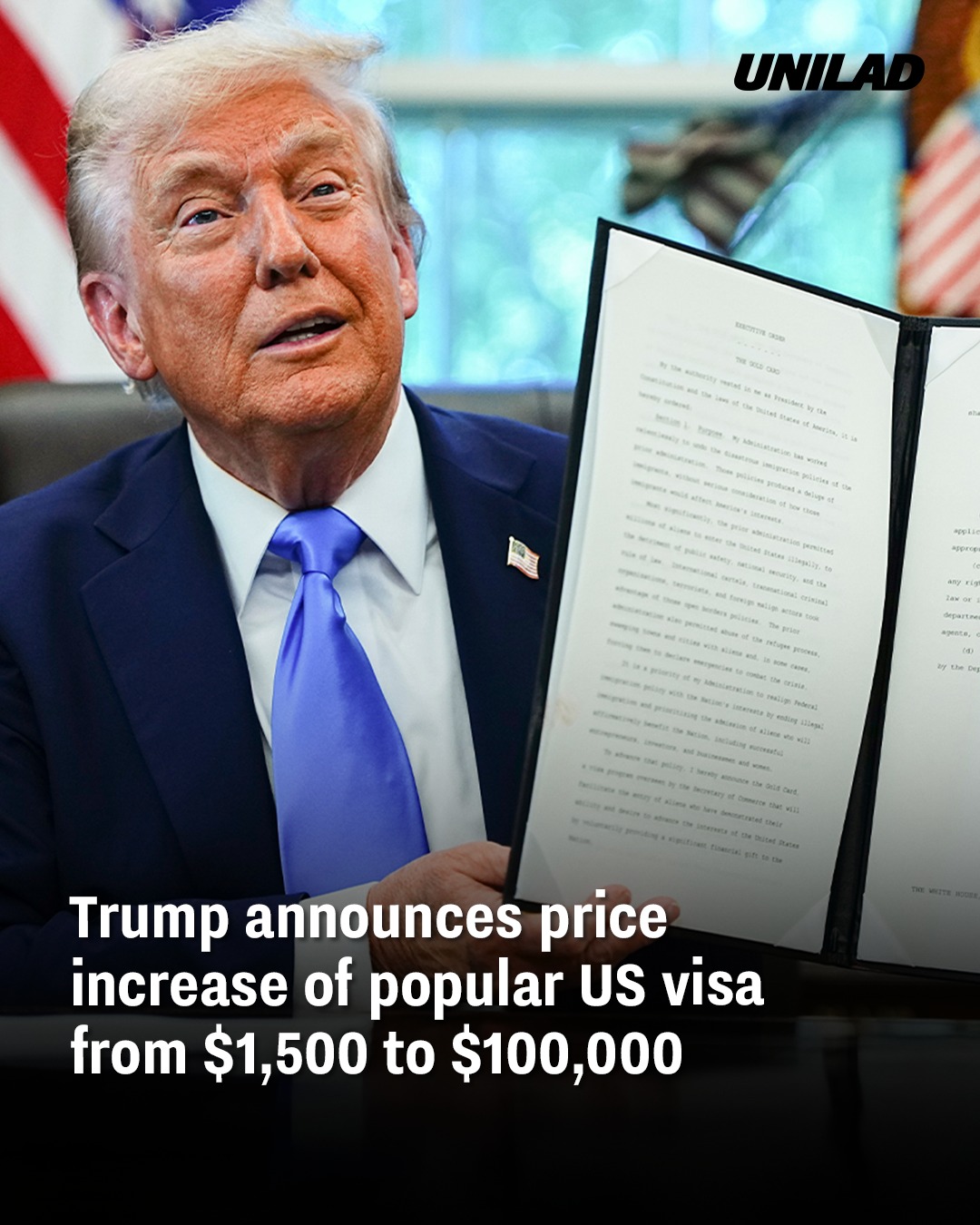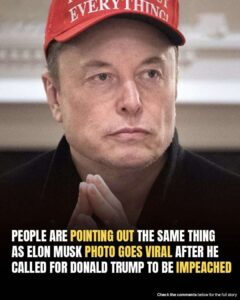In a shocking move, President Donald Trump has confirmed that the cost of the popular H-1B visa, which allows skilled foreign workers to come to the United States, will be increased dramatically — from $1,500 to over $100,000. The announcement, made through an executive order, has raised concerns and outrage, particularly among companies that rely on foreign talent to fill skilled positions.
The Price Hike and Its Implications
The new executive order mandates that companies applying for H-1B visas will now face a hefty fee of $100,000 annually, which they will need to pay for six years. The US Commerce Secretary, Howard Lutnick, confirmed that companies will have to decide whether the foreign worker is worth the steep cost. If not, they would be encouraged to hire American workers instead.
According to Lutnick, “The company needs to decide… is the person valuable enough to have a $100,000-a-year payment to the government, or should they head home and hire an American?” He also noted that the move has received support from major corporations, which are seen as the primary users of the H-1B program.
The executive order, set to take effect on September 21, will only impact new applicants. This change has the potential to severely limit access to the visa for many skilled workers from abroad, leaving companies with difficult decisions to make.
The ‘Gold Card’ and Other Changes
In addition to the price hike for H-1B visas, Trump has signed another executive order introducing a new initiative for those willing to pay large sums. This “gold card” program promises to fast-track visas for applicants who can afford to pay a substantial fee — starting at $1 million.
This marks a major shift in the U.S. immigration landscape, where the wealthy and powerful are given preferential treatment. Critics argue that this move could exacerbate social inequality, making it even harder for everyday skilled workers to secure opportunities in the U.S.
The Impact on Major Tech Companies
Many of the biggest companies in the U.S. rely heavily on the H-1B visa program. According to government data, Amazon, Microsoft, Meta, Apple, and Google are some of the top users of the scheme. These companies have traditionally brought in talent from around the world, especially in industries such as technology, engineering, and data science. The new cost structure could force them to rethink their hiring strategies or shift their focus to hiring more domestic workers.
Ironically, Melania Trump, the First Lady, came to the United States on an H-1B visa herself to work as a model, highlighting the personal connections the Trump family has with the very system now facing a drastic overhaul.
A History of Scrutiny and Rejection
Trump has long been critical of the H-1B visa program, arguing that it has been abused by some companies and that it undermines American workers. This latest move is part of a broader trend that began in 2017, when Trump’s administration increased scrutiny on H-1B applications, leading to a rise in rejections. In the 2018 fiscal year, rejections soared to 24%, a sharp increase compared to the lower rejection rates under the Obama and Biden administrations.
For comparison, under Barack Obama, the rejection rate ranged between 5% to 8%, while under Joe Biden, the rate was between 2% and 4%. Experts have warned that the new pricing scheme could push the rejection rate even higher, making it almost impossible for many skilled workers to come to the U.S.
Immigration Experts Weigh In
Tahmina Watson, an immigration law expert and founder of Watson Immigration Law, voiced strong opposition to the new policy, telling the BBC, “Almost everyone’s going to be priced out.” She went on to explain that the new entry fee of $100,000 will have a devastating impact on many companies and workers who rely on the H-1B visa to fill key roles. Watson emphasized that employers often sponsor foreign talent because they have been unable to find suitable candidates in the U.S. workforce.
She stated, “This $100,000 as an entry point is going to have a devastating impact,” adding that the decision to sponsor a foreign worker is not as simple as “hiring an American” as suggested by Lutnick. Many employers are left with no choice but to look outside the U.S. for qualified workers.
Divided Opinions on the H-1B Program
Trump’s stance on the H-1B program has long been a source of debate. While some of his supporters agree with his stance on cracking down on “abuse” of the system, others, including prominent figures like Elon Musk, have been vocal supporters of the scheme. Musk has argued that the H-1B visa enables the U.S. to bring in the best talent from around the world, particularly in industries like technology, where demand for highly skilled workers is high.
Trump himself has admitted to understanding “both sides of the argument” on the H-1B program, even suggesting in the past that he would consider offering green cards to college graduates. However, this latest move marks a significant shift toward limiting access to skilled foreign workers and prioritizing American jobs over global talent.
What’s Next for the H-1B Program?
As the new policy takes effect, companies that depend on the H-1B visa program will need to adjust their strategies. The increase in fees, along with the introduction of the gold card for wealthy applicants, could lead to a significant decrease in the number of foreign workers able to come to the U.S. for work. This, in turn, may place additional pressure on domestic workers and exacerbate skill shortages in certain industries.
The impact of this move will likely be felt across a wide range of sectors, particularly in technology, engineering, and healthcare, where the demand for skilled labor is high. It remains to be seen whether this will lead to more job opportunities for American workers or if it will make it even more difficult for U.S. companies to remain competitive on the global stage.
For more on U.S. immigration policies and global trends, check out these articles:



